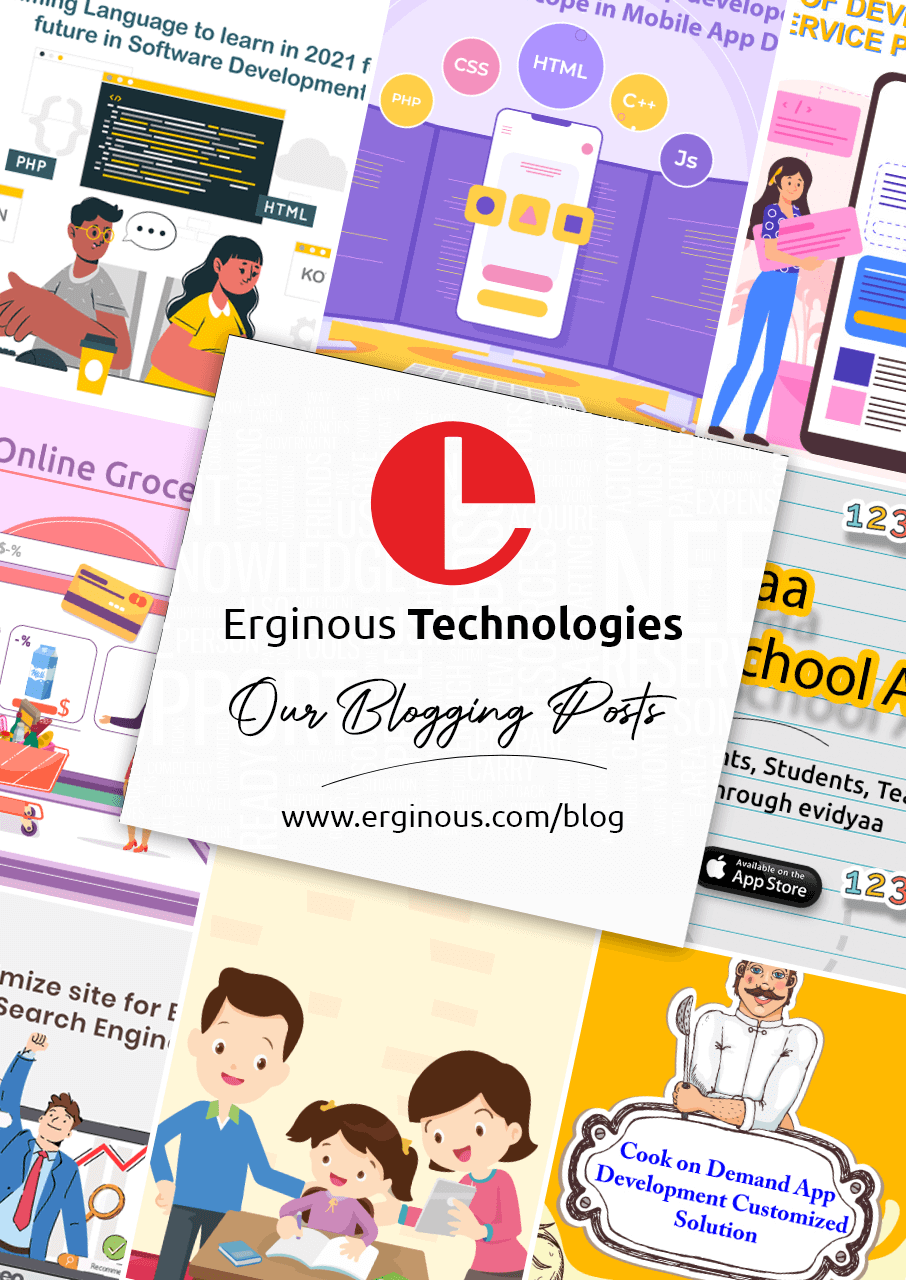
The Evolution of Web Technologies | Web 1.0 to Web 3.0
In this era of technological advancement, human interaction with the internet has been evolving since the inception of the world wide web in the year 1989 and was introduced by Tim Berners-Lee. In this digital world, the world wide web is the medium used all over the world by people to read, write, share information, and interact with others through the internet.
At the very beginning, the web was developed to share information on scientists’ research documents in institutions and government organizations. Web should not be confused with the Internet, as it is very often mistaken as the synonym. In this article, we shed light on the evolution of the web from 1.0 to 3.0.
Versions of Web:
1. Web 1.0 (1990-2000)
2. Web 2.0 (2000-2010)
3. Web 3.0 (2010-2020)
Web 1.0
The Web 1.0 era was in the period 1990-2000. During this period, the user has limited access to only read information. The first implementation of the web, according to Tim Berners-Lee is “read-only” web. The user interaction in this version was next to none. In essence, web 1.0 only allowed the user to search for the information and let only read.
During the era of web 1.0, static websites mushroomed as there was a boom period for a dot-com. The role of the user was very limited who had access to the internet.
Web 2.0
In the web 2.0 era (2000-2010) users cannot only read web content, but they also interact with this. Web 2.0 also referred to as the social web. In web 2.0 technology allows people to create, share, and communicate.
Delivering the content to the user with some interaction with the user and the system. We can say it is the one-way communication system where users having some forms/platform to fill some data to store to the web servers. Databases as low bandwidth with slower network connectivity.
In layman words, "Web 2.0 provides interaction to users in some forms but does not allow to fully interact with the web.'' Examples - social site, photo and video sharing, blogging, wikis, keywords search.
Web 3.0
This is some kind of new era from around 2011 and is hoped to end around 2020. Web 3.0 era providing us about various legacies to go ahead in daily life playing with technology. It is an absolute reinvention of web 2.0. It is everything that 2.0 wasn’t. Web 3.0 is slated to be up to date model in web interaction and is branding the foundational change in the way programmers created websites and primarily how the users used to interact with those websites. It has made people’s online lives much
better as smart searches help them to exactly gather the information for which they are looking for.
Identifying differences in Web 1.0 and Web 2.0 is very easy for the user. But, the identification of differences is not clearly defined in the case of Web 3.0. The third generation of the web which is also referred to as the evolution of the web is inclusive of specific innovations and practices.
5 Features of web 3.0
1) Semantic web
When the web 3.0 era came into existence the advancement of processing the keywords searched by the user took place it was like search engines are intuitive and know already what users wish to search, smarter web searches came into existence through the evaluation of the web.
2) Artificial intelligence
Like robotics, AI impressive the process of human intelligence through machines, especially computer systems. The process can be learning, reasoning, and self convection. It is something like the processing of any type of content. It might be text, audio, video, and other things.
3) Connectivity
It has a broader and wider role as we can realize it excessive speed. Search has been made more effortless to find anything just based on the keywords. With semantic metadata, information is more accessible in web 3.0, which results in another level of connectivity while leveraging all the information available.
4) 3D Graphics
3D graphics use a 3-Dimensional representation of geometric data. The data mentioned here is stored in the machine for performing calculations and rendering 2D images. This design is used extensively in websites to offer the feel or to gather information regarding routes to a city and so on.
5) Ubiquity
Nowadays, each and every device is connected to the web, content is easily accessible by multiple applications; Furthermore, the services can be used anywhere or everywhere.
The best example of Web 3.0, where 5 features are used together is an automotive assistant. You can ask any question (for instance, which movie cinema is near me?). Based on your location, the embedded search engine in your car assistant will provide you with personalized choices and will also present you with a 3D map in the display.

